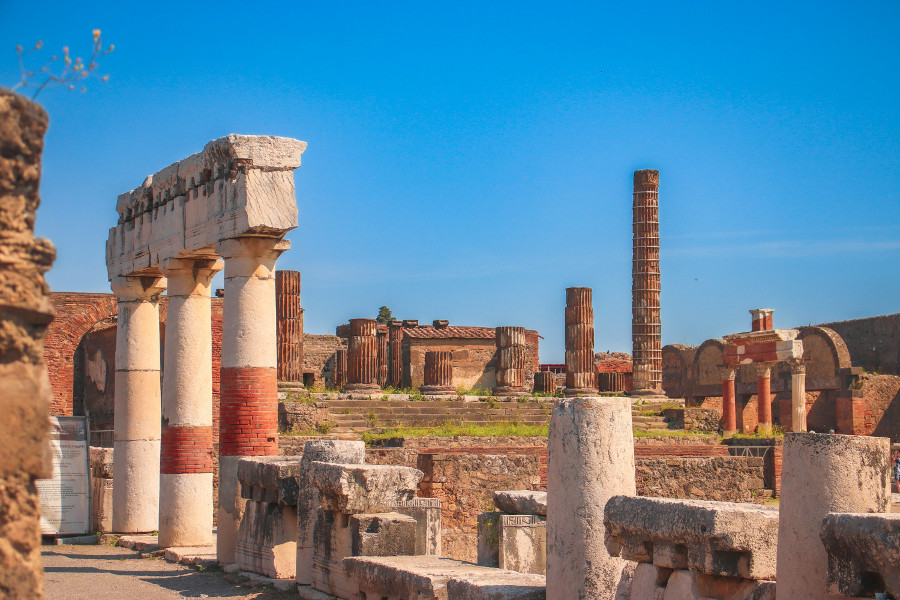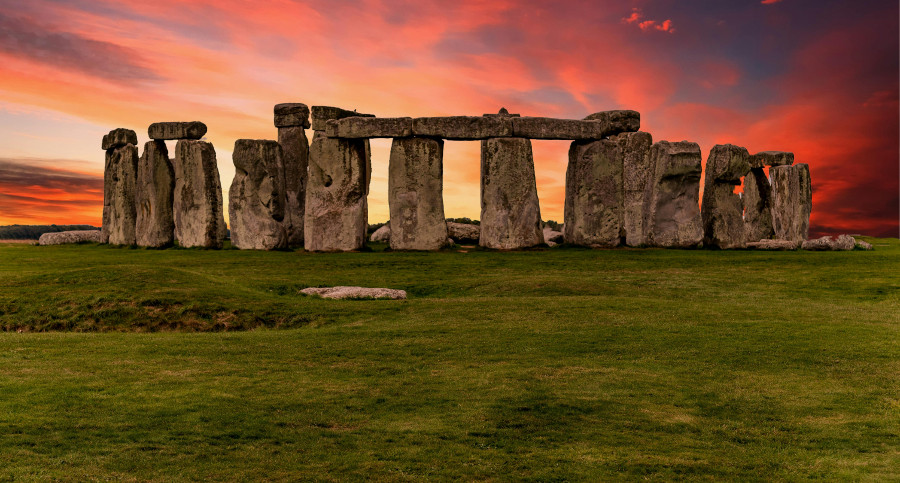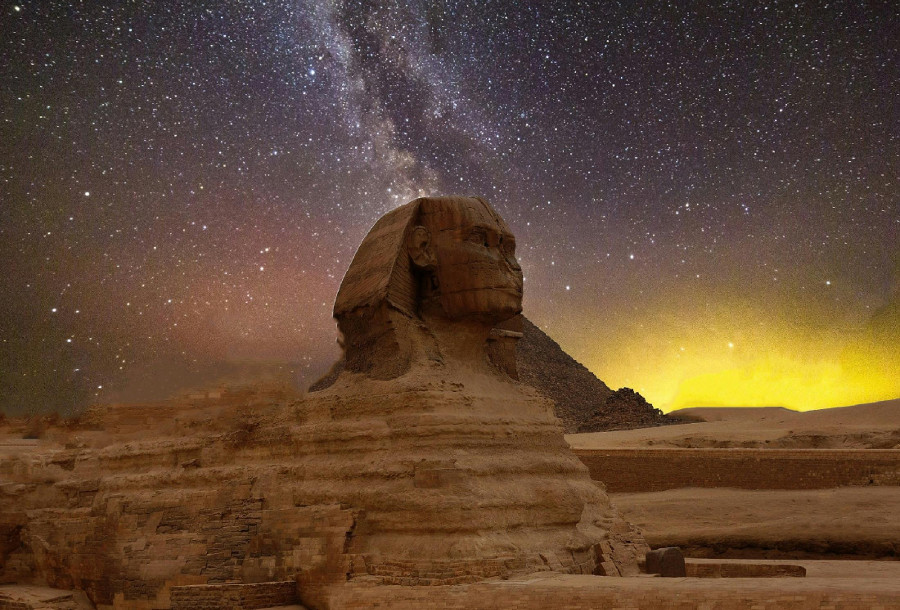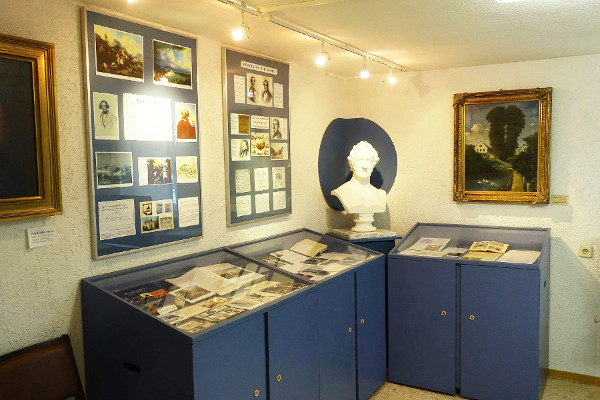How Visiting Archaeological Sites and Exploring Ancient Civilizations Cultivates Mindfulness in Our Daily Lives
Visiting an archaeological site is a unique way to step away from the constant noise of modern life and connect with the past. As a species, we’ve evolved alongside history - constantly influenced by those who lived before us. It makes sense that stepping into the world they left behind can help us slow down, reflect, and recalibrate our own sense of time. If you're feeling overwhelmed by the rush of daily life, taking the time to visit these ancient places offers an opportunity to pause, appreciate the present, and rediscover the beauty of being present in the moment.

In our modern world, we spend so much of our time indoors, glued to our screens and distracted by the endless demands of our fast-paced lives. We’re constantly exposed to both the ups and downs of living in a digital world, which can easily lead to stress, disconnection, and a sense of being out of sync with ourselves. No wonder it’s so easy to feel burnt out and mentally drained. But how can we preserve our peace of mind amidst all the distractions and pressures?
There are many ways to approach this challenge, from mindfulness and meditation to simply spending time with others or engaging in creative activities. But a lesser-known yet deeply effective method is to visit an archaeological site. The experience not only takes us back in time but also encourages mindfulness and reflection in a way that’s deeply grounding and personal. Let’s explore how this works.
What Makes Visiting Archaeological Sites So Special?
Archaeological sites are far more than just a glimpse into the past. They are windows into entire ways of life - offering more than just physical remnants of buildings, pottery, and artwork. These places are stories frozen in time, where every stone and every artifact can tell us something about the people who once inhabited them.
Walking through an ancient site isn’t just about admiring ruins. It’s about being fully present - breathing in the atmosphere, feeling the texture of the stones, and seeing the same views that people centuries ago would have seen. It’s this deep sensory connection that helps ground us, taking us out of the hustle of modern life and into something much older, much slower.
There’s something profoundly calming about stepping into these ancient places. It’s as if the world pauses for a while and you can feel the weight of centuries resting around you. This is a kind of mindfulness practice in itself. When we let go of the rush and engage with these sites, we connect not only with the past but also with the present. It’s a way to slow down, breathe, and reflect on our own place in the grand scheme of time.

Learning from the Past: How the Ancient World Helps Us Appreciate the Present
Exploring ancient civilizations offers us an extraordinary opportunity to reflect on how far we’ve come. When you stand before the towering ruins of a temple or walk along ancient streets, it’s easy to be reminded of the struggles and triumphs that people faced long before our time.
Take a moment to think about the conveniences we have today - things like electricity, running water, and advanced medicine. These are things we often take for granted. But when we visit ancient sites, we realize how much our ancestors had to endure. Their lives were filled with uncertainty, hardship, and survival against the elements. And yet, they built grand monuments, discovered new technologies, and left behind legacies that have shaped the world we live in today.
This realization brings with it a sense of gratitude. It’s a reminder of how lucky we are to live in a world where so many challenges have already been overcome. It’s easy to overlook the small things in our lives that are truly remarkable - like the fact that we can wake up and walk to a warm shower or enjoy a meal without worrying about where the next one will come from. The past teaches us to appreciate these everyday comforts and to live more mindfully in the present.
The Power of Mindfulness: How Ancient Ruins Encourage Reflection
One of the most valuable things we gain from visiting an archaeological site is the space it provides for reflection. Standing amid ancient ruins, we aren’t just observing history from the outside; we’re invited to experience it from within. We can imagine how people lived, worked, and celebrated. We can think about their daily struggles and their dreams for the future.
This act of imagining life in another time doesn’t just deepen our understanding of history - it also helps us reflect on our own lives. It’s a gentle reminder that we, too, will one day be part of history. The things we do, the lives we live, will eventually become the stories future generations study. The act of visiting these sites encourages us to live more mindfully and purposefully, to appreciate what we have, and to be present in the moment.

How Visiting Archaeological Sites Can Help Us Live More Fully
The act of immersing ourselves in the ancient world encourages us to live more deeply and fully. It provides an opportunity to disconnect from the noise of modern life and reconnect with something timeless. When we visit these sites, we are invited to slow down, take our time, and engage with the world around us in a way that isn’t hurried or distracted.
Perhaps it’s because we’re surrounded by such ancient history that we’re reminded of the fleeting nature of our own lives. We realize that time is precious, that moments matter, and that our lives are part of a larger story. These realizations can foster a deep sense of gratitude for the present, encouraging us to savor the simple joys we often overlook. Whether it’s enjoying a quiet moment with loved ones, appreciating the beauty of nature, or simply being content with what we have, visiting archaeological sites reminds us to live in the moment.
The 10 most famous archaeological sites around the world
- Pyramids of Giza - Egypt
- Machu Picchu - Peru
- Stonehenge - England
- Pompeii - Italy
- The Great Wall of China - China
- Petra - Jordan
- Chichen Itza - Mexico
- Teotihuacan - Mexico
- Angkor Wat - Cambodia
- Easter Island - Chile
Conclusion: A New Perspective on Life and Time
In our busy, technology-driven world, it’s easy to lose sight of the bigger picture. We often get caught up in the constant hustle and bustle, chasing the next thing, the next goal, the next achievement. But visiting an archaeological site offers a much-needed pause. It invites us to step outside of ourselves, to reflect on history, and to gain perspective on our place in the world.
When we explore the remnants of ancient civilizations, we learn not just about the past, but also about our present. We come to appreciate the conveniences we take for granted and find mindfulness in the simple act of being present. The ancient world holds valuable lessons, not just about how things used to be, but about how we can live more fully today. By reconnecting with the past, we cultivate a deeper appreciation for the present and, ultimately, for the time we have.



